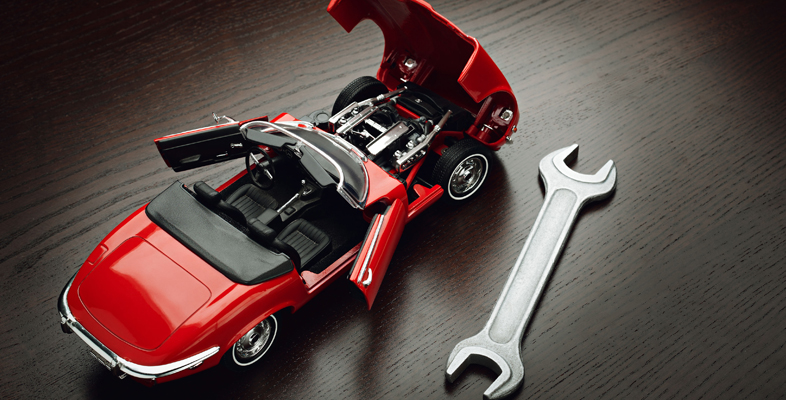2.1 Advantages and disadvantages
Typically, metals have a much higher strength than plastics and woods, meaning that a plastic toy with a wall thickness the same as the tinplate toy would be insubstantial to handle. But perhaps the most attractive property of a tinplate toy is its similarity to the real items.
However, older metallic toys had a number of significant disadvantages over plastic toys. One was their tendency, when they break, to present razor-sharp cutting edges to small fingers. Also, they rapidly became unattractive as the paint was lost through wear and tear. Small children ingesting the paint of such toys was identified as a serious health risk due to the use of lead-based paints. Indeed, they were banned from use in the UK in 1978. These issues are removed by the use of coloured plastics.
Finally, due to the development of high strength aluminium and zinc alloys (used in the die-casting process discussed next), as well as a new generation of plastics and composites, the popularity of using steel as a toy material has plummeted.
These days, although metals are less popular for toy making, they remain a key material used in engineering design.
